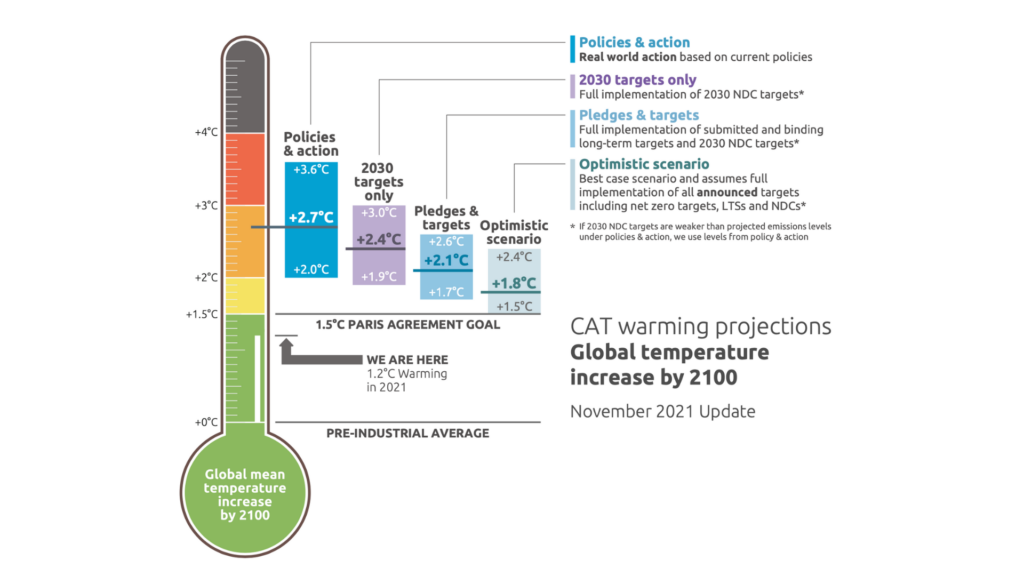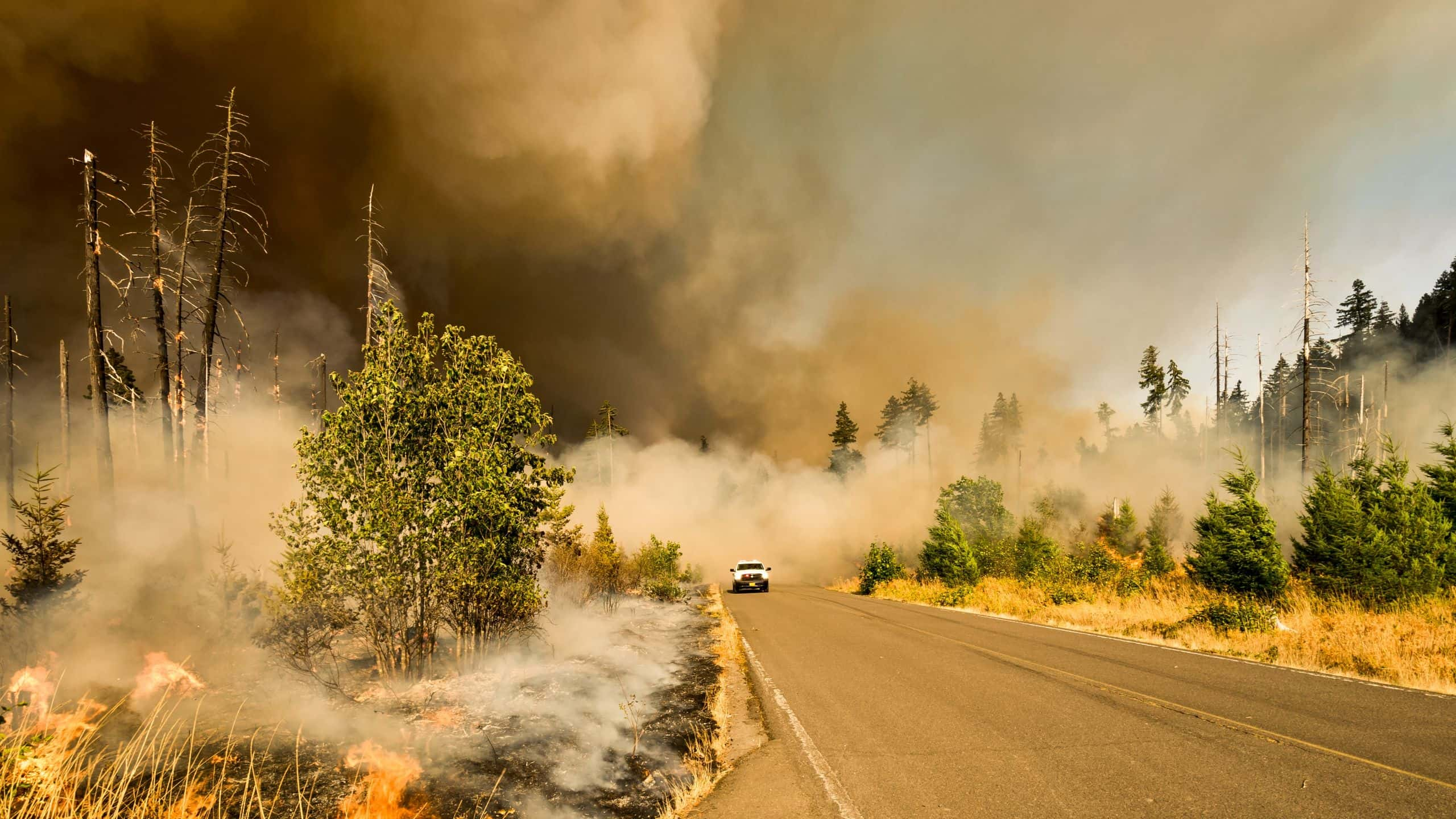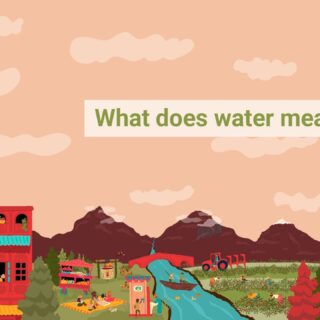Glasgow recap
COP26: Good progress, but still far from enough
Many thanks to Prof Jianyun Zhang and Prof Qiongfang Li for their valuable revision ideas.
The boisterous COP26, the 26th Conference of Parties under the UN Framework Convention on Climate Change, finally came to an end last month. This event, which was supposed to take place in 2020, was late for entirely 12 months because of the Covid pandemic. Yet, this was also an event which the world was placing a lot of hope on — because it’s 10 years away from 2030, and actions to cut carbon emissions and realising carbon neutrality will determine whether the world could make the goal set in the Paris Agreement, which is to limit global warming preferably by 1.5°C at the end of this century. Moreover, economies are slowly recovering after the extensive lockdowns caused by Covid, which opens up a window of opportunity for global economies to take a ‘green’ turn. Two weeks’ time was short enough to pass quickly and the boot is now on the floor. What COP26 has achieved and what had it left behind?
Emission cuts
There is no alternative to cutting the emission of greenhouse gases to address the challenge of global warming. According to the study of the Intergovernmental Panel on Climate Change, to limit global warming by 1.5°C by 2100, the world needs to lower its emission to 55% of 2010 level before 2030 [1]. Though governments have submitted or updated their Nationally Determined Contributions (NDCs) ahead of COP26, this has only closed the emission gap by 15-17%, which is far from enough to meet the 1.5°C goal set by the Paris Agreement. Estimations based on current emission cuts expect the temperature rise by 2100 to be around 2.4°C, which is almost one degree higher than the 1.5°C goal [2]. As each 0.1°C warming is crucial [3], it would be irresponsible for the future to allow the current situation to continue given the huge consequences of the warming. Furthermore, all these estimations are based on the assumption that the pledges of governments are going to be implemented fully without any discount.
Deforestation
The forests are important carbon sinks of the earth. Around 20% of GHG emissions is absorbed by the biosphere of the earth, and the majority is taken by the forests [4]. According to FAO, 178 million hectares of forest disappeared between 1990 and 2020, which is somewhat equivalent to the size of Libya. Deforestation mainly took place in Africa and South America [5]. A typical example is the Amazon of Brazil, which has witnessed a 17% decrease in size so far, and the ecological services of the Amazon would reach a tipping point when the decrease reaches 20-25% [6]. Stopping deforestation and protecting forests around the globe are crucial for adapting to climate change and maintaining healthy ecosystems.
The Glasgow Leaders’ Declaration on Forests and Land Use was reached on November 2 at COP26. Leaders of the signatory countries agree to “[r]eaffirm our respective commitments to sustainable land use, and to the conservation, protection, sustainable management and restoration of forests, and other terrestrial ecosystems”, and “halt and reverse forest loss and land degradation by 2030” [7]. The agreement has been endorsed by 141 countries, including countries like Russia, Canada, China and Brazil, who have large areas of forests, and the endorsers now cover more than 90% of global forests. However, as the warming continues, forests will become less efficient in storing carbon [3]. Therefore, it is insufficient to rely simply on protecting forests.
Methane
Methane takes up a major proportion of human emitted Greenhouse Gases, second only to carbon dioxide (CO₂), and accounted for 13% of 2019 GHG emission (CO₂ shared 76%) [8]. However, methane is far more efficient in retaining heat. It could be 80 times more powerful than that of CO₂ in the first 20 years after release [9]. It is estimated that methane emission has caused a 0.5°C temperature rise since the industrial revolution, which is again second only to that caused by CO₂. Of the global methane emission, 60% comes from human activities, with the main contributors being agriculture, coal mining, landfill, oil and gas, and wastewater treatment [10].
Initiated by the United States and European Union, more than 100 countries (regions) launched the Global Methane Pledge, which aims to lower global methane emission to 70% of 2020 level. Countries (regions) who have joined the Pledge account for 70% of global economy and their methane emission takes up half of global total. If the Pledge is fully implemented, global temperature rise by 2050 is expected to be lowered by 0.2°C [11]. According to the studies of IPCC, sustained and rapid reduction of methane emission not only help slowing down warming, but could also improve air quality [3]. However, as methane breaks down (around ten years) much faster than CO₂ (centuries), slowing down the global warming would still need more ambitious reductions in emission.
Climate financing
As we have said before COP26, restructuring energy portfolio, reducing GHG emissions and improving social resilience all require huge amounts of investment. Since the 18th century, less than one fifth of the countries are responsible for more than 80% of global CO₂ emissions [12]. However, regions such as Africa and small island countries, who had far less emissions historically, are hit by climate change disproportionately hard. A common point is that those major emitters should share more responsibility for climate change adaptation, including providing financial support for less developed countries and regions [13]. In 2009, at COP15 held in Copenhagen, developed nations promised that, starting from 2020, a total of 100 billion USD will be provided to less developed countries to help them adapt to climate change.
One year later, even before the start of COP26, the promise was announced broken and had to be delayed to 2023. Alok Sharma, COP26 President, criticised the delay as “a source of deep frustration for developing countries” [14]. People all know that in a Prisoner’s Dilemma, building trust is the key to reaching the optimal outcome. In this game of cutting emissions, the failed promise in providing climate financing is for sure to have a blow on the mutual trust between nations and cast shadow on emission cuts and carbon neutrality.
Geopolitics
Geopolitics, as Prof Klaus Doods of Royal Holloway, University of London puts it, is “concerned with questions of influence and power over space and territory” and “uses geographical frames to make sense of world affairs” [15]. However, in the face of a common challenge like the warming climate, geopolitics for many a time hinder a united action plan. The world needs more nations to get above the narrow-minded geopolitical framings and synthesise efforts around the globe to address this existential crisis.
China and the United States surprisingly unveiled at COP26 their Joint Declaration on Enhancing Climate Action, and “are committed to tackling it through their respective accelerated actions in the critical decade of the 2020s, as well as through cooperation in multilateral processes, including the UNFCCC process, to avoid catastrophic impacts” [16]. As world’s major economies and political powers, the Joint Declaration is highly important for a global united plan for climate actions. However, there are also many comprises at COP26 to geopolitical considerations. For example, in the final text of the Glasgow Climate Pact, the phrasing around coal was changed at the last minute from “phase out” to “phase down” [17].
Water
Climate change impacts the world mainly through the hydrosphere. Under continued warming, the global water cycle is becoming more active and variable. Each 0.5°C warming will see significantly increase of droughts and more frequent impacts on agriculture. Each 1°C warming will increase extreme rainfall events by 7%, and raise risks of flooding. Additionally, the rising sea level adds further risks of coastal flooding for communities in those areas [3]. So far, around two thirds of global population undergoes water shortage for at least one month in a year [18], and that number is expected to increase by one fold by 2050 [19]. During the Covid-19 pandemic, the importance of water and sanitation for public health is further highlighted. As WMO says, ” management, monitoring, forecasting and early warnings are fragmented and inadequate”. For many countries, in particular African nations, water shortage is an ongoing pain [20].
COP26 has attracted much discussion around carbon, yet to better mitigate and adapt to climate change, we need to pay more attention to water. Because regardless of 1.5 or 2°C, the global water cycle has been fundamentally changed. For universal and fair access to clean water and sanitation, and sufficient water to maintain healthy ecosystem services around the globe, water would be an imperative topic.
Beyond Glasgow
Climate change is the most challenging existential crisis that the human kind faces in the 21st century. In terms of pathways, there are two that must be taken, one about mitigation and the other about adaptation. To mitigate climate change, we must think about reaching net zero as soon as possible, or even reaching negative emissions. Yet given the progress in Glasgow, there is still a very long and difficult way ahead. Adaptation means improving our own capacity and resilience under growing uncertainties and hazard risks. In this regard, standing to the test are not only our technologies but also our capabilities of integrated management.
References
1. IPCC. (2018). Summary for Policymakers. In Global warming of 1.5°C. An IPCC Special Report on the impacts of global warming of 1.5°Cabove pre-industrial levels and related global greenhouse gas emission pathways,in the context of strengthening the global response to the threat of climate change,sustainable development, and efforts to eradicate poverty (pp. 3–24). IPCC. https://www.ipcc.ch/sr15/download/
2. Climate Action Tracker. (2021). Warming Projections Global Update: November 2021. Climate Action Tracker. https://climateactiontracker.org/documents/997/CAT_2021-11-09_Briefing_Global-Update_Glasgow2030CredibilityGap.pdf
3. IPCC. (2021). Summary for Policymakers. In AR6 Climate Change 2021:The Physical Science Basis. IPCC. https://www.ipcc.ch/report/ar6/wg1
4. Pugh, T. A. M., Lindeskog, M., Smith, B., Poulter, B., Arneth, A., Haverd, V., & Calle, L. (2019). Role of forest regrowth in global carbon sink dynamics. Proceedings of the National Academy of Sciences of the United States of America, 116(10), 4382–4387. https://doi.org/10.1073/pnas.1810512116
5. Wilkie, M. L., Pekkarinen, A., Rametsteiner, E., Taber, A., Wertz-Kanounnikoff, S., & Simonson, W. (2020). The state of the world’s forests 2020: Vol. Online Report (pp. 1–214). FAO and UNEP. https://doi.org/10.4060/ca8642en
6. Amazon Conservation Association. (n.d.). Deforestation in the Amazon. Retrieved December 20, 2021, from https://www.amazonconservation.org/the-challenge/threats/
7. UN Climate Change Conference (COP26). (2021, November). Glasgow Leaders’ Declaration on Forests and Land Use. https://ukcop26.org/glasgow-leaders-declaration-on-forests-and-land-use/
8. Yoro, K. O., & Daramola, M. O. (2020). CO2 emission sources, greenhouse gases, and the global warming effect. In Advances in carbon capture (pp. 3–28). Elsevier. https://doi.org/10.1016/B978-0-12-819657-1.00001-3
9. Control methane to slow global warming — fast. (2021). Nature, 596(7873), 461–461. https://doi.org/10.1038/d41586-021-02287-y
10. Global Methane Initiative. (2020). Global Methane Emissionsand Mitigation Opportunities. Global Methane Initiative. https://www.globalmethane.org/documents/analysis_fs_en.pdf
11. European Union. (2021). Launch by United States, the European Union, and Partners of the Global Methane Pledge to Keep 1.5C Within Reach. https://ec.europa.eu/commission/presscorner/detail/en/statement_21_5766
12. Project, G. C. (2021). Supplemental data of Global Carbon Project 2021. Global Carbon Project. https://doi.org/10.18160/gcp-2021
13. Timperley, J. (2021). The broken $100-billion promise of climate finance – and how to fix it. Nature, 598(7881), 400–402. https://doi.org/10.1038/d41586-021-02846-3
14. Ljunggren, D. (2021, October 26). Developed nations to deliver climate fund 3 years late, hope to rebuild trust. Reuters. https://www.reuters.com/business/cop/developed-nations-say-they-can-deliver-100-bln-climate-change-fund-by-2023-three-2021-10-25/
15. Dodds, K. (2019). Geopolitics: A very short introduction. Oxford University Press. https://doi.org/10.1093/actrade/9780198830764.001.0001
16. United States Department of State. (2021, November 10). U.S.-China Joint Glasgow Declaration on Enhancing Climate Action in the 2020s. United States Department of State. https://www.state.gov/u-s-china-joint-glasgow-declaration-on-enhancing-climate-action-in-the-2020s/
17. Volcovici, V. (2021, November 15). How a dispute over coal nearly sank the Glasgow Climate Pact. Reuters. https://www.reuters.com/business/cop/how-dispute-over-coal-nearly-sank-glasgow-climate-pact-2021-11-14/
18. Mekonnen, M. M., & Hoekstra, A. Y. (2016). Four billion people facing severe water scarcity. Science Advances, 2(2), e1500323. https://doi.org/10.1126/sciadv.1500323
19. Munia, H. A., Guillaume, J. H. A., Wada, Y., Veldkamp, T., Virkki, V., & Kummu, M. (2020). Future transboundary water stress and its drivers under climate change: A global study. Earth’s Future, 8(7), e2019EF001321. https://doi.org/10.1029/2019EF001321
20. World Meteorological Organization. (2021, October 5). Wake up to the looming water crisis, report warns. https://public.wmo.int/en/media/press-release/wake-looming-water-crisis-report-warns





